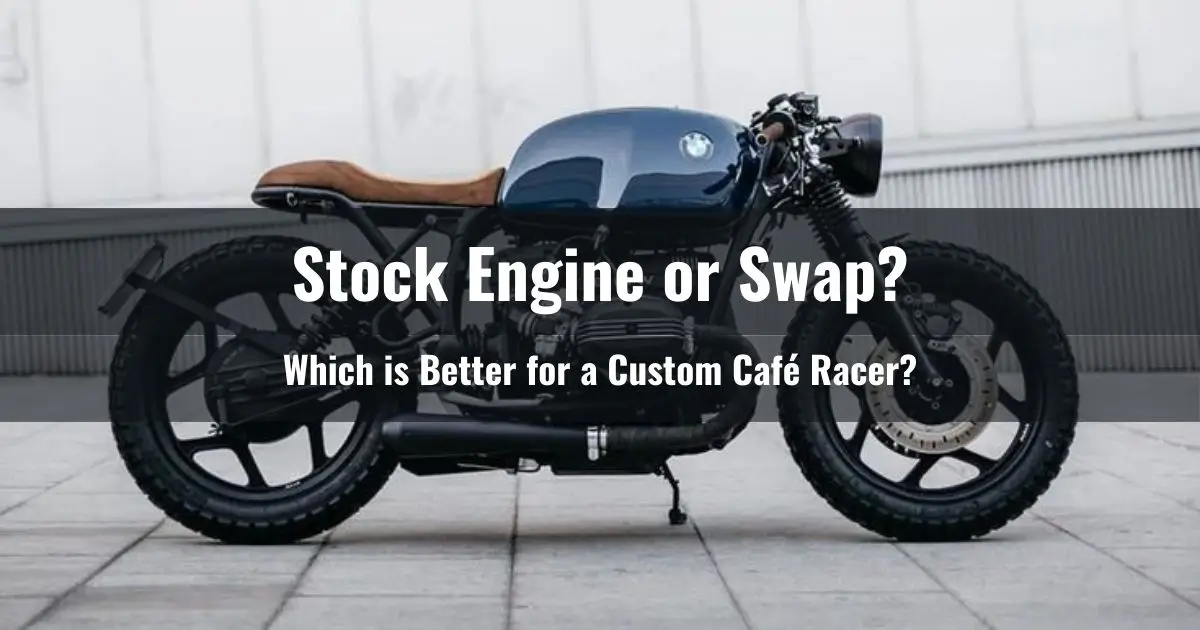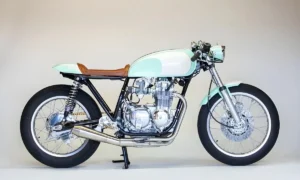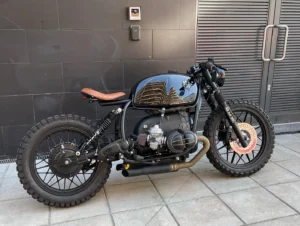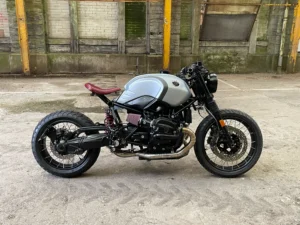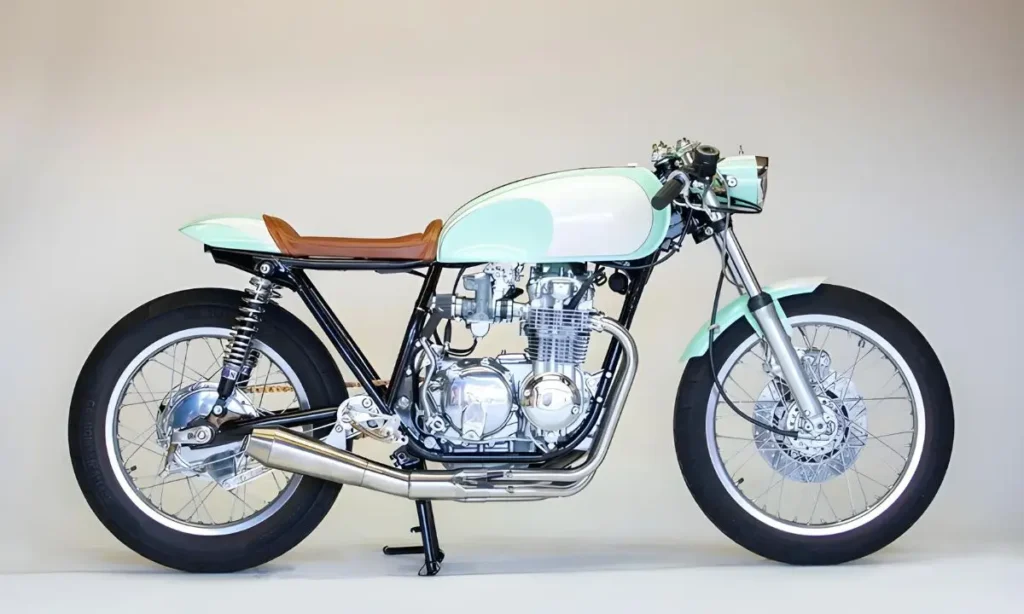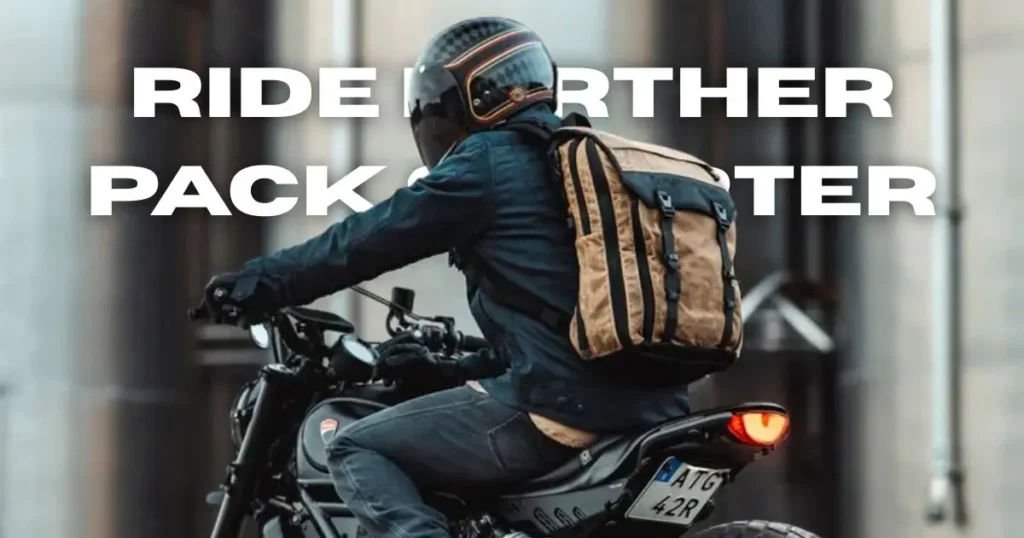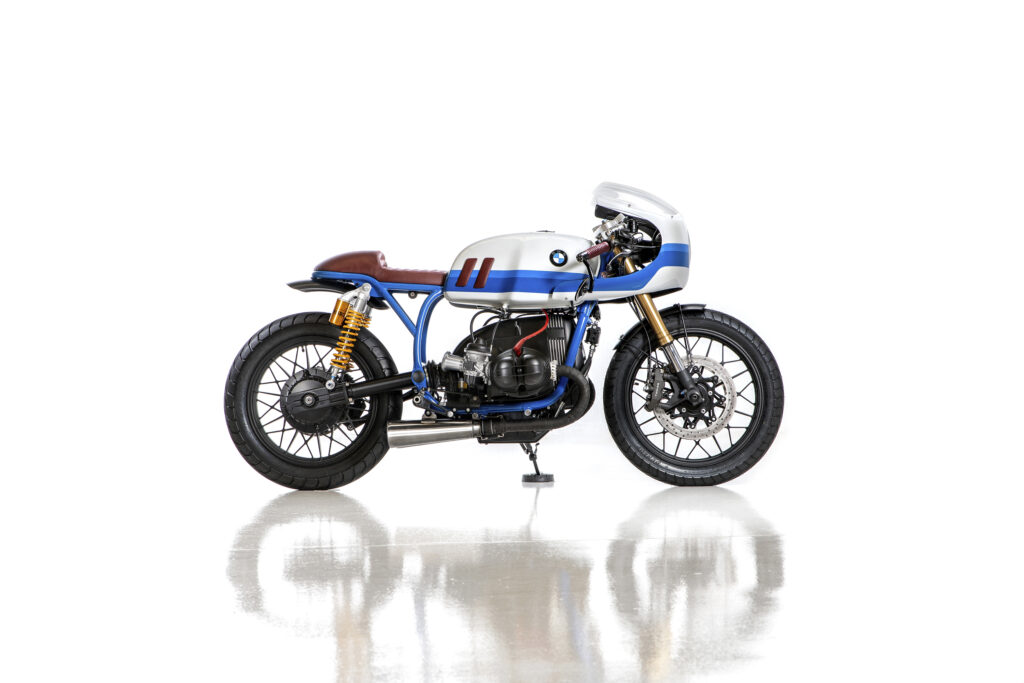Table of Contents
ToggleThe choice between a stock engine and an engine swap is a key step in any custom café racer project. Each option offers unique benefits based on your goals, budget, and mechanical skill level. This guide compares both paths to help you decide what suits your build.
First, we define what a stock engine is and why many builders choose to keep it. Then, we explore engine swaps and the reasons riders replace the original motor. After that, we compare performance, cost, and legal considerations. In the end, you’ll have a clear view of which option fits your café racer best.
What is a Stock Engine?
A stock engine is the original engine that comes with the motorcycle from the factory. It is designed by the manufacturer for that specific model. This engine is built to meet basic performance, reliability, and legal standards. It fits perfectly with the frame, wiring, and fuel system. Most vintage café racers come with single-cylinder or twin-cylinder stock engines. These engines are often air-cooled and have a moderate power range.
Why Choose a Stock Engine?
Stock engines are easy to work with because they are already compatible with the bike. You do not need to change the frame, mounts, or electronics. Parts are usually easy to find. Factory service manuals are available. Stock engines also keep the motorcycle closer to its original design. This makes it easier to register or insure the bike. In many regions, using the stock engine means fewer legal checks.
What Are the Downsides of a Stock Engine?
The power of a stock engine is often limited. Many old stock engines produce less horsepower than modern units. This limits speed and acceleration. Some stock engines also have older technology, which can be less efficient. If the engine is old, it may need a rebuild. Stock engines also limit the ability to experiment with performance upgrades. Some riders may find the experience less exciting compared to a swapped engine.
What Is an Engine Swap for Café Racers?
An engine swap means removing the motorcycle’s original engine and replacing it with a different one. The new engine can come from another motorcycle model or a different brand. Builders often choose swaps to improve power, speed, or reliability. Swapped engines can include modern units or larger-capacity motors. The goal is to change performance levels beyond what the stock engine can offer.
Popular Engine Swap Types for Café Racer Builds
Some swaps use engines from the same brand, like fitting a CB750 engine into a CB550 frame. These are easier because parts may still align. Others use different brands, such as placing a Yamaha engine into a Honda frame. These swaps often require cutting, welding, or adapting mounts. Some builders also use sportbike engines for extreme performance. Each type needs planning, measuring, and checking fit before starting.
Why Builders Choose Engine Swaps for Café Racers
Swapping an engine can increase horsepower and torque. It allows modern features like liquid cooling or fuel injection. Many new engines also run more smoothly and efficiently. A swapped engine can make the café racer faster and more responsive. It creates a more personalized build with unique character. This can improve riding experience and visual appeal.
What Are the Risks of an Engine Swap?
Engine swaps need more tools, skill, and time. Custom mounts and frame cuts are often required. You may need to change the exhaust, fuel system, or wiring harness. Compatibility problems are common. Sourcing the right parts can be hard. Swapped bikes can also face legal problems during inspection or registration. Mistakes in the process may affect safety or damage parts.
Stock vs Swap: Performance Differences
Power and Torque Output
Swapped engines usually produce more power than stock engines. This means higher top speed and faster acceleration. Many modern engines offer stronger torque at low RPM. This helps with quick starts and smooth response. Stock engines, especially older ones, have lower output. They are often tuned for steady use, not high performance. Riders who want aggressive speed usually prefer engine swaps.
Reliability and Maintenance
Stock engines are reliable if maintained well. They match all original parts and systems. This balance keeps wear and stress lower. Engine swaps change the balance of the bike. This can increase stress on other parts. Some swapped engines may need more maintenance. Finding replacement parts may also take longer. Stock engines often have more support from forums and guides. This makes repairs easier for beginners.
Compatibility with Older Frames
Stock engines are already made for the frame. No changes are needed to mounts, wiring, or fuel lines. This ensures safety and fit. Swapped engines often require changes to the frame or mounting points. Misalignment can lead to handling problems or frame damage. Adapting a modern engine to an old frame takes time, tools, and skills. It may also limit access to factory parts or support.
Build Cost and Installation Effort
Initial Cost
Stock engines usually cost less at the start. The engine is already in the bike, so there is no need to buy a new one. In many cases, only basic parts like gaskets, filters, or fluids need replacing. A rebuild may add some cost, but it is still often cheaper than buying another engine. Engine swaps require buying a separate motor. Prices depend on the model, condition, and rarity. Some engines also need custom parts to fit. These costs can increase the total price quickly.
Installation Time and Complexity
Working with a stock engine takes less time. It fits all factory mounts and systems. Most jobs involve simple repairs or cleaning. This makes the process faster and more beginner-friendly. Engine swaps are more complex. They can take many days or weeks to finish. Builders need to measure, cut, and weld in some cases. They also must change wiring, fuel systems, and exhaust lines. These tasks require more tools and mechanical skill.
Ongoing Maintenance
Stock engines have standard parts and service guides. Many mechanics know how to work on them. This lowers long-term service time and cost. Parts are often easy to find. Engine swaps need custom maintenance plans. Some parts may be rare or hard to match. Repairs may take longer because of different systems. Builders may need to fix things often due to mixed components. This adds time and money over months or years.
Can You Legally Register a Custom Café Racer After an Engine Swap?
Local Modification Rules
Each region has its own rules for engine modifications. Some places allow engine swaps with few limits. Others have strict controls on what engines can be used. Swapping an engine may require a special inspection. It may also need proof that the new engine meets safety and emissions rules. Using a stock engine often avoids these extra checks. It keeps the bike within original factory specifications.
Emissions and Inspection Requirements
Engine swaps can affect emissions output. Some newer engines are cleaner, but others may not meet local standards. In many areas, bikes must pass emissions tests to stay legal. Swapped engines that fail to meet those limits may be rejected. Owners might need extra parts like filters or converters. Stock engines usually meet the original emission rules. This makes it easier to pass tests and complete registration. Engine swaps also may need updated documents. If not done correctly, the registration may be delayed or denied.
Which Option is Right for Your Build?
Choosing between a stock engine and an engine swap depends on what you want from your café racer. If you are building your first bike, I suggest starting with the stock engine. It helps you learn basic mechanics, save money, and avoid legal trouble. A well-maintained stock engine can still offer good performance, especially for everyday rides and weekend shows.
But if you have more experience and clear goals, an engine swap can give you something special. It brings power and new features that older engines cannot provide. Just be ready for the extra work, cost, and time. I’ve seen many builds go wrong due to poor planning during swaps. A great result needs patience and the right tools.
In the end, both options work. It depends on your skill, budget, and how far you want to push your build. If you want a clean, reliable bike, the stock engine makes sense. If you want more power and enjoy deep custom work, a swap could be worth it. Make your choice based on what fits your plan, not just what looks good online.

